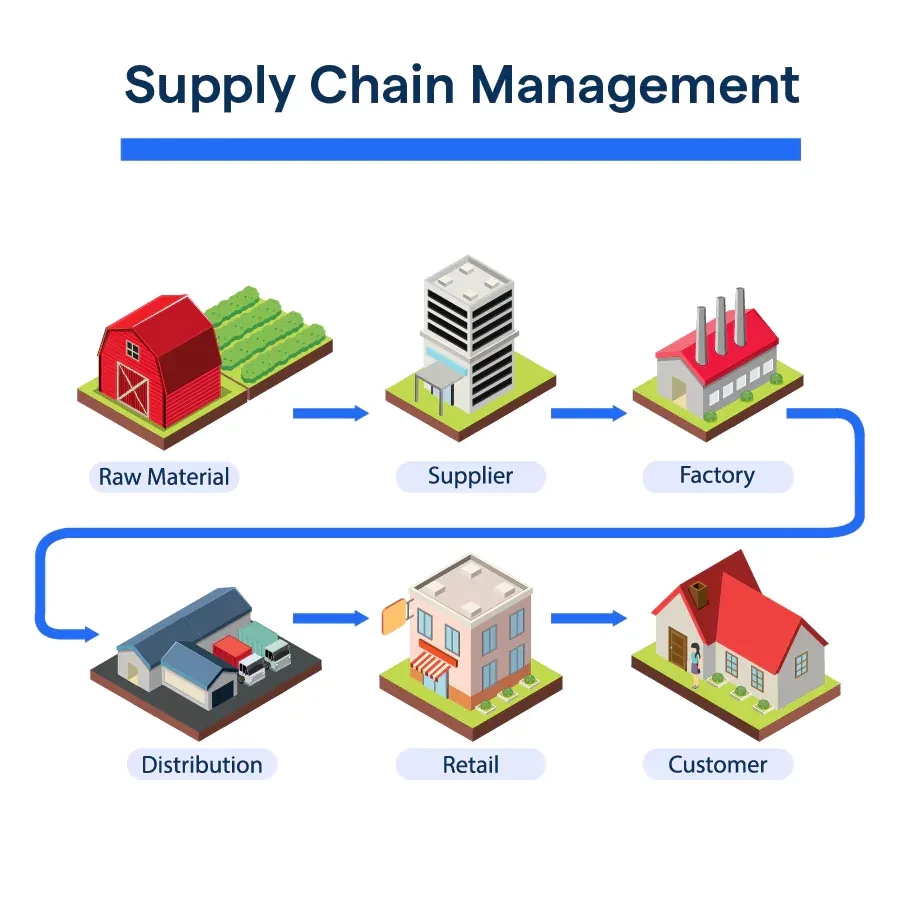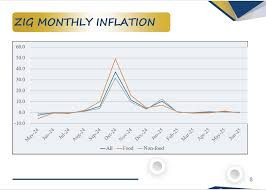
I have noticed that over the years, governance has been regulatory-driven. Statutory pronouncements and codes on governance. Will this solve the governance problem? Let’s look at some of the issues.
In the wake of every major corporate scandal, from Enron to Lehman Brothers, a familiar post-mortem unfolds. Regulators, investors, and academics scrutinise the company’s corporate governance, searching for structural flaws that include the missing committee, the combined CEO/chair role, and the lack of independent directors, which allowed disaster to strike.
This focus has driven decades of governance reform, codifying best practices into exchange listing requirements and national laws. Yet, a persistent paradox remains: many of the most spectacular corporate failures occurred at companies whose boards, on paper, looked impeccable.
Conversely, many highly-successful enterprises are governed by boards with identical structures. This raises a fundamental question: if the formal architecture of governance does not reliably separate success from failure, what does?
The answer lies not in the static, observable structures of a board, but in its dynamic, unwritten culture. A vast body of academic research examining the relationship between board structure and firm performance has produced overwhelmingly “equivocal findings”.
Studies analysing variables such as board size, for instance, have found positive, negative, and neutral correlations with financial returns, depending on the specific company and market context.
Similarly, multiple meta-analyses that aggregate the results of dozens of individual studies have concluded that the correlation between the proportion of independent directors on a board and the company's financial performance is near zero, or at best, very weak but positive.
This evidence suggests that while structural elements are important for establishing a baseline of accountability, they are poor predictors of a board's ultimate effectiveness.
If structure is not the deciding factor, attention must turn to process, to the interpersonal dynamics, the quality of debate, and the management of conflict that define how a board functions behind closed doors.
It is the board’s culture, not its charter alone, that dictates whether it can challenge management, identify unseen risks, and steer the organisation toward sustainable value creation. A board can appear solid and compliant from the outside, satisfying every regulatory requirement, while internally being paralysed by deference, fear, or a culture of conformity. The case of Enron, whose board was widely lauded for its structure before its collapse, is a stark reminder of this reality.
This disconnect also reveals a potential misdirection in the focus of regulatory reform. Major legislative responses to corporate scandals, such as the Sarbanes-Oxley Act in the United States, have overwhelmingly targeted structural and procedural fixes mandating audit committee independence, enhancing financial disclosures, and formalising internal controls.
While these reforms were necessary to address specific abuses, they did not, and could not, legislate a culture of courage or critical inquiry in the boardroom. Behavioural pathologies such as groupthink, which lie at the root of many strategic blunders, remain largely untouched by regulations that can only govern what is observable and auditable. The true differentiator between boards that create value and those that destroy it is the freedom of their members to speak up.
The greatest threat to a board’s effectiveness is not a lack of intelligence or experience, but a powerful psychological phenomenon that can cause even the most brilliant individuals to make disastrous collective decisions.
In his seminal 1972 work, social psychologist Irving Janis identified this pathology as “groupthink,” defining it as “a mode of thinking people engage in when they are deeply-involved in a cohesive in-group, when the members’ striving for unanimity overrides their motivation to appraise alternative courses of action”.
Paradoxically, groupthink is often a disease of success. A long track record of positive results can breed the very “illusion of invulnerability” and complacency that make a board resistant to change.
The airline Swissair was so consistently profitable it was nicknamed “The Flying Bank”, a reputation that fostered a deep seated belief that the company could not fail, leading its board to ignore the dramatic shifts in the airline industry that ultimately led to its collapse.
Similarly, Enron’s board was lulled into a false sense of security by “20 straight quarters of increasing income,” which fueled the overconfidence needed to approve ever-riskier ventures.
This reveals an insidious dynamic: a board’s past success can become the primary barrier to its future critical thinking, as the formula that worked before is defended against all evidence to the contrary.
If groupthink is the disease that cripples boardroom decision making, then psychological safety is the antidote. The concept, coined by Harvard Business School professor Amy Edmondson, describes a "shared belief held by members of a team that the team is safe for interpersonal risk taking".
In a psychologically safe boardroom, members feel they can speak up with ideas, ask questions, voice concerns, or admit mistakes without fear of being punished, humiliated, or marginalised. It is this “experienced permission for candour” that allows for the free exchange of ideas necessary for robust deliberation.
For a board to function at its peak, it must cultivate this environment, which is not about avoiding conflict but about enabling constructive disagreement and learning.
The board chair is the chief architect of the boardroom’s culture. They wield a “tremendous amount of influence” and are primarily responsible for setting the tone of every interaction.
An effective chair acts as a facilitator of productive discussion, not a dictator of outcomes. Their key responsibility is to ensure that all views are heard and that the board’s collective intelligence is fully leveraged
The architecture for dissent must also be built into the board’s foundations: its people and its guiding documents. When recruiting new directors, boards should look beyond traditional metrics of skills and experience to explicitly screen for behavioural traits such as intellectual curiosity and the courage to voice an unpopular opinion.
Ultimately, building a board that speaks freely is the most critical and value creating work a board can undertake. It requires a fundamental shift in mindset: from viewing dissent as a threat to cohesion to recognising it as the essential ingredient of wise counsel and superior decision-making.
By intentionally designing a culture of psychological safety and systematising the practice of constructive dissent, boards can overcome the powerful forces of groupthink and fulfill their ultimate responsibility to guide the organisation toward long-term, sustainable success.
Nguwi is an occupational psychologist, data scientist, speaker and managing consultant at Industrial Psychology Consultants (Pvt) Ltd, a management and HR consulting firm. — Linkedin: Memory Nguwi, Mobile: 0772 356 361, [email protected] or visit ipcconsultants.com.











